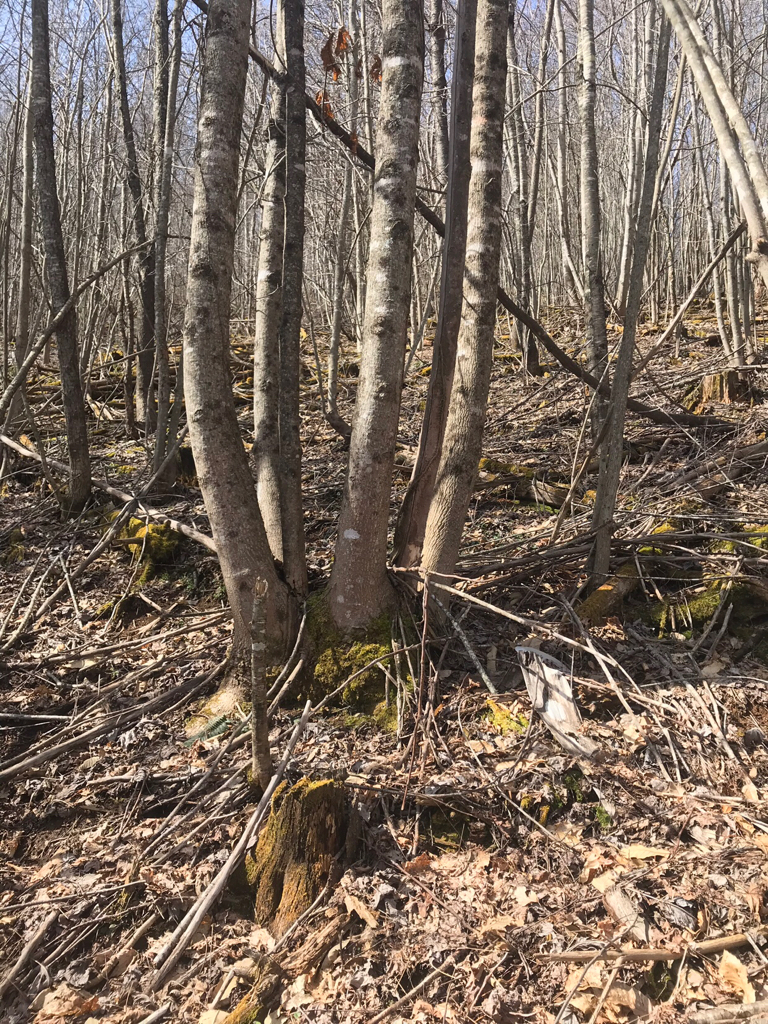Boll Weevil
5 year old buck +
Mostly because it's easier on the back, when I'm precommercial thinning for improved species mix, spacing, and stem quality I just lop the tree off at about shin height. Depending on available sunlight, about 15-20% of these stems coppice and whaddya know...the deer browse the the tender growth. The other 80% of stems die and never resprout.
Quite by accident did I stumble upon this outcome, but wondered if anyone else sees this and/or even purposely creates coppice-food? I'm sure it's only temporary due to browse pressure and canopy competition but any drawbacks you've observed?
Quite by accident did I stumble upon this outcome, but wondered if anyone else sees this and/or even purposely creates coppice-food? I'm sure it's only temporary due to browse pressure and canopy competition but any drawbacks you've observed?

